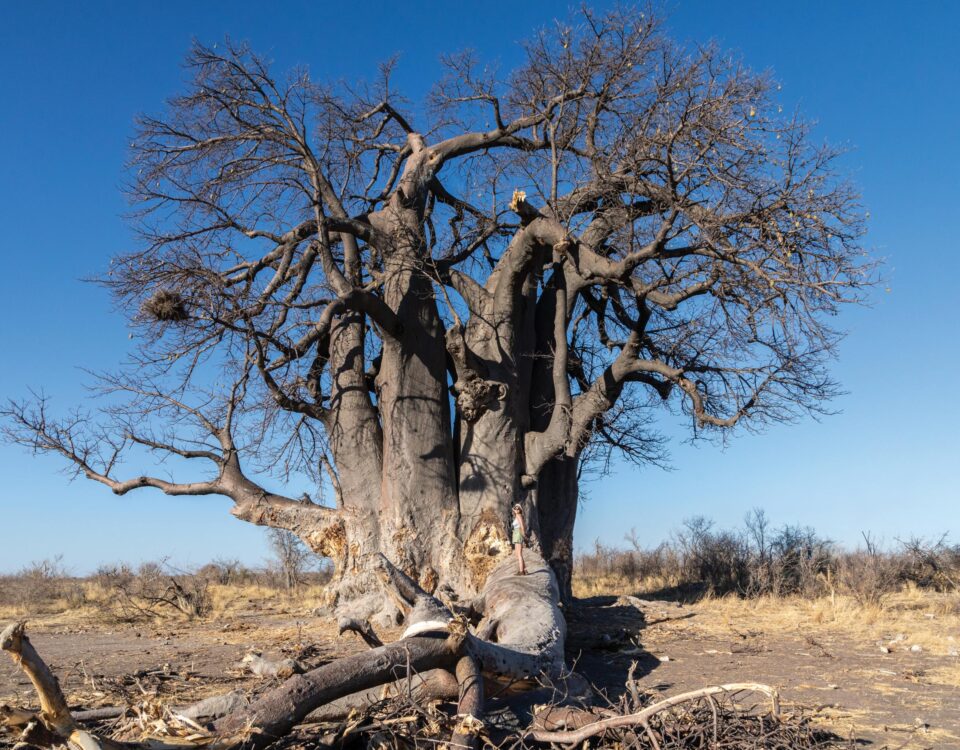Adventure takes flight
August 2, 2012Crater with a difference – Messum crater
August 2, 2012by Keith Sproule
Living with wildlife is easier said than done. For visitors to Namibia, the chance to experience the magic of mega-fauna such as elephant, giraffe and rhino in their natural environment is a holiday experience not to be missed. What makes Namibia so special is that almost half of the country – an astonishing 42% – is under conservation management.
Arguably, the ‘real’ Namibia is to be found outside national parks in the spectacular landscapes of the communal conservancies. That’s where living with wildlife takes on a special meaning. For generations, farmers and their families have grazed their cattle and goats where wildlife roamed, with inevitable losses to predators such as lion, leopard and cheetah. In crop-producing areas the hazards are different. Elephants come during the night to eat and trample the precious harvests of maize and millet, leaving hunger in their wake.
Rights to communal farmers
Striking a balance between the needs of people and wildlife has not been easy, but a way forward was found in 1996, when the Namibian Government enacted new legislation that gave rights to communal farmers over wildlife and tourism in their areas. With the birth of the first four communal conservancies, rural people were given the opportunity to earn an income from tourism.
The balancing act involved conservation, wildlife and private-sector partners. In a communal conservancy, the local people run the land in the same way as a commercial farmer does. Trophy hunting is allowed within limits negotiated with the Ministry of Environment and Tourism; lodges and campsites can be built, usually run with private-sector involvement; and from both activities the conservancies derive an income for their inhabitants. All of this is giving a tremendous boost to conservation.
To build up wildlife numbers, the communal conservancies employ game guards to protect wildlife from poachers. The idea has been so successful that the Government has moved valuable and endangered species out of national parks and onto communal land. Examples include the previously endangered black rhino and giraffes.
For instance, Namibia is the only country in Africa where giraffe numbers are increasing. Where game numbers increase, predators roam, so conservancies are experimenting with self-insurance schemes to compensate farmers for wildlife and crop losses. For people living with wildlife, a new balance has been struck.
Add 60 to the original four, and you can see how successful the conservancy idea has been. There are now 64 communal conservancies covering 17% of Namibia’s surface area. Just as important, many conservancies are adjacent to each other or to national parks, and many commercial farmers have connected their land to form freehold conservancies. It’s a jigsaw that builds a picture of conservation management at a national scale.
As a tourism destination Namibia provides an extraordinary mix. The parks offer unique environments, such as the Etosha Pan, the pristine wilderness of the Skeleton Coast and the Sossusvlei dune wonderland. Private farms have their individual flair coupled with family hospitality, and communal conservancies bring indigenous people and free-roaming wildlife together in spectacular landscapes. Tourism is transforming lives. In 1999 it was estimated that well over a million new jobs could be created in travel and tourism in Southern Africa by 2010. In Namibia, it’s happening.
This article appeared in the Aug/ Sep 2011 edition of Travel News Namibia.






1 Comment
This makes me SO HAPPY and PROUD!!! In a world that often disappoints and saddens, this is such a ray of light. I salute all Namibians and hope I can return some day.